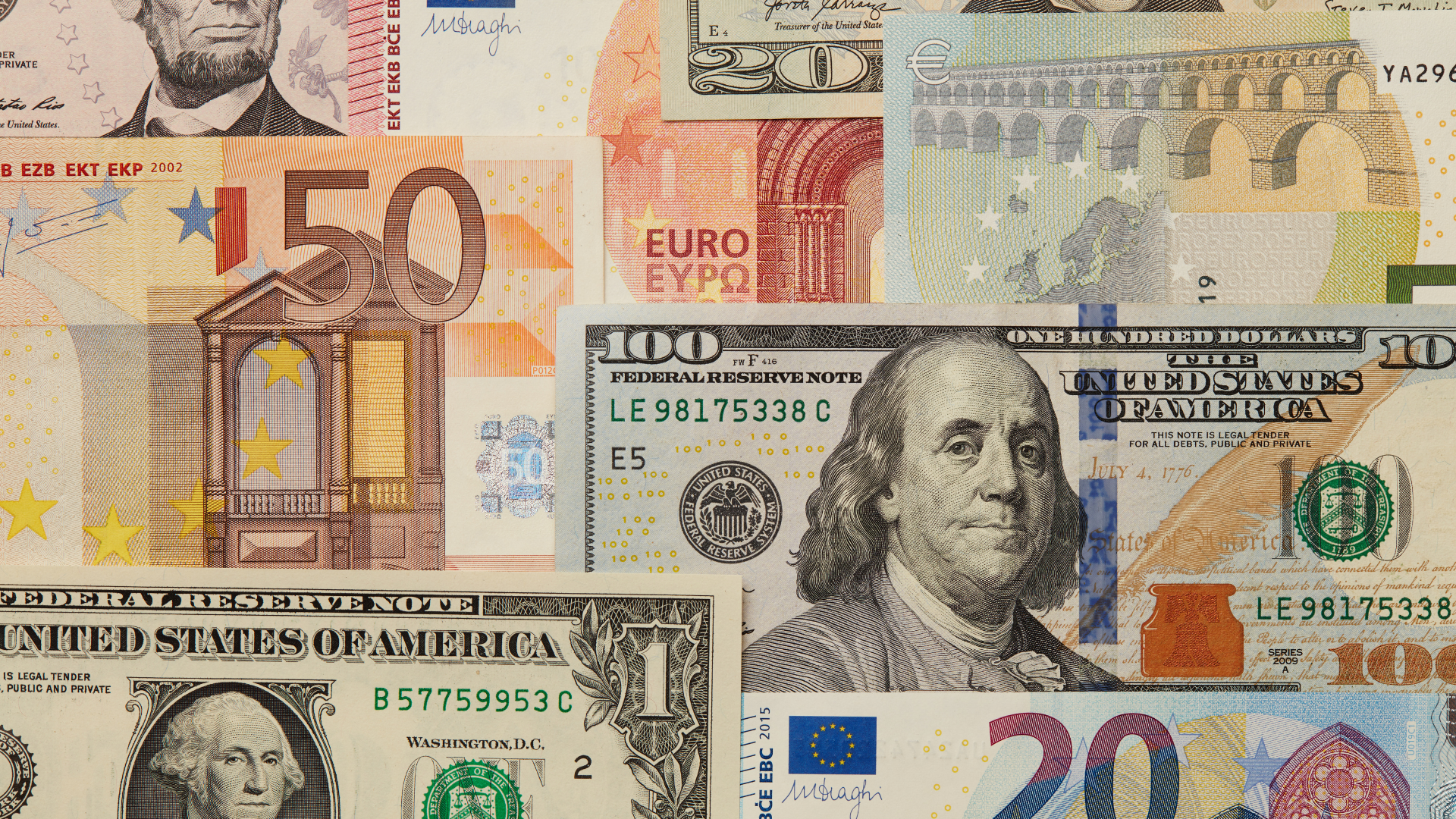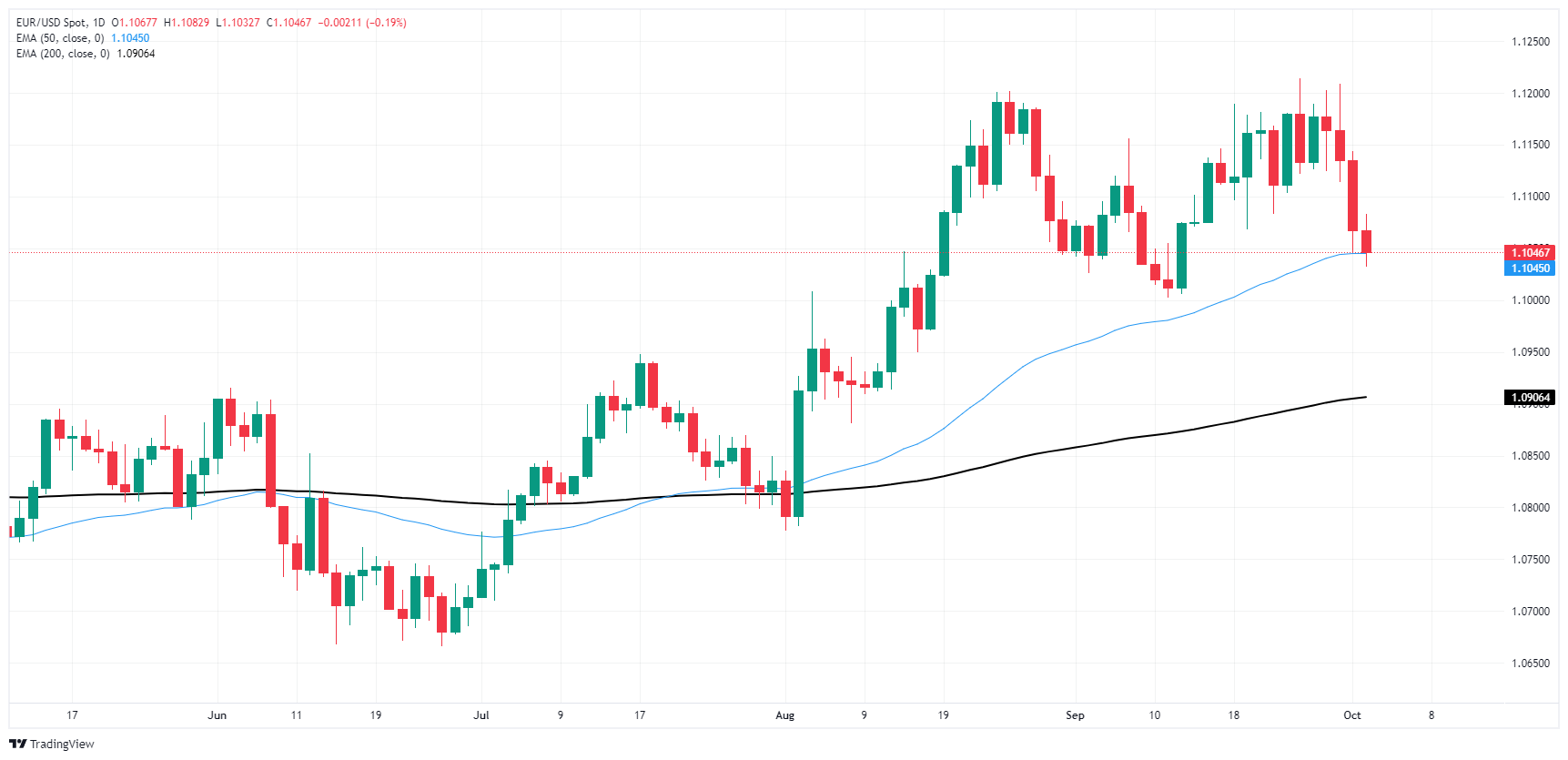
The EUR/USD pair extended its losses on Wednesday, pressured by a resurgent US dollar amid diminishing hopes for an aggressive rate cut from the Federal Reserve and escalating geopolitical tensions in the Middle East. The Greenback’s broad rebound left the Euro struggling, with investors growing cautious about the uncertain landscape both in global monetary policy and rising international conflict.
Federal Reserve Chair Jerome Powell’s recent comments have fueled the bearish sentiment, as he cautioned against viewing the September 50 basis point rate cut as a precursor to further significant easing. The Fed’s Summary of Economic Projections (SEP) suggests a cumulative 50 basis points in rate reductions over upcoming meetings, indicating a more measured approach. Market participants have aligned with this view, with the CME’s FedWatch Tool showing a 60% probability of a 25 basis point cut in November, and only 40% anticipating a larger 50 basis point move.
This moderation in rate expectations has tempered the broader market’s optimism for aggressive easing, contributing to a stronger US dollar, which has pressured EUR/USD further into bearish territory. The pair’s movement comes amid an atmosphere of heightened geopolitical risk, particularly after Iran’s recent missile strikes on Israel in retaliation for Israeli actions in Lebanon. Investors are wary of further escalations, which could stoke risk aversion and drive more demand for the safe-haven dollar.
Economic data has also bolstered the dollar’s position, with the US ADP Employment Change for September surpassing expectations—143,000 new jobs were added, well above the forecasted 120,000. This sets the stage for Friday’s Nonfarm Payrolls (NFP) report, which is anticipated to confirm the labor market’s strength. A strong NFP reading could further solidify the dollar’s position, applying additional downward pressure on the Euro.
Meanwhile, the Eurozone’s economic calendar remains light this week, with only low-tier data releases and comments from European Central Bank (ECB) policymakers. This lack of significant catalysts has left the Euro vulnerable to broader market trends, particularly as the focus remains firmly on the US side of the equation.

Technically, the EUR/USD pair is struggling to hold above the 50-day Exponential Moving Average (EMA), with sellers appearing to maintain control. Despite attempts by buyers to push prices higher, the pair remains near the 1.1050 mark, lacking a clear recovery. The risk remains tilted towards the downside, with the 1.1000 level serving as a psychological target for bearish traders.



